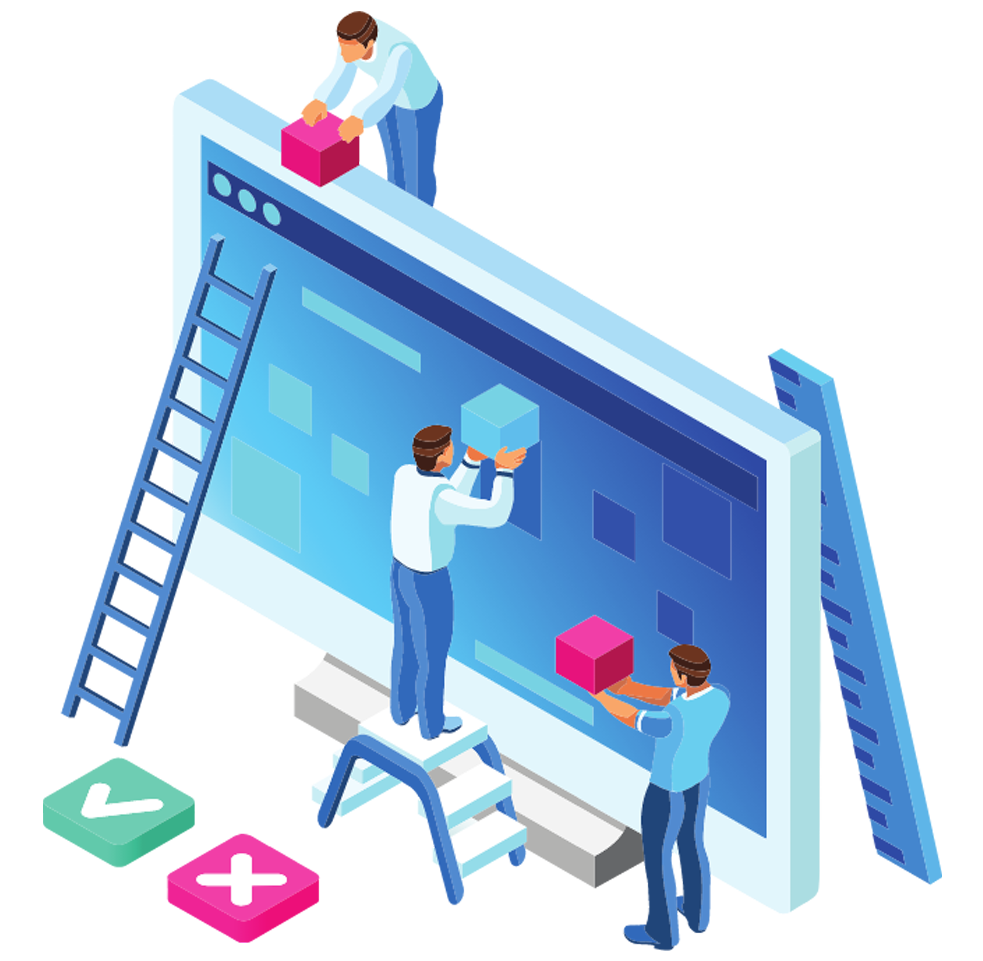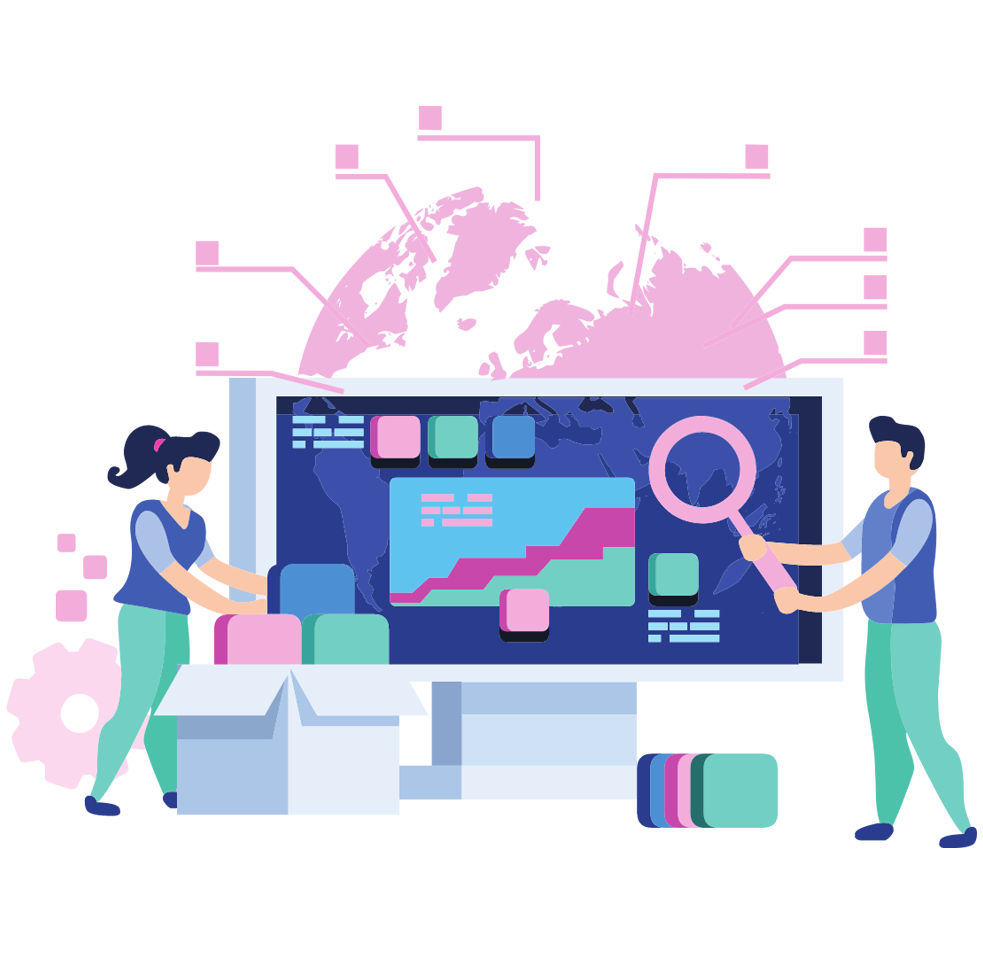Is a thriving business analytics team equipped with the right tools enough for organizations to use the potential of the data they collect? Certainly, for many companies, this is one of the key elements of their data culture. However, it is rarely enough to make significant decisions based on the full spectrum of available data.
You already have data, but what about access to it?
This is because the results of analyzes are often lost in the maze of information and matters reaching decision-makers. This means that in many cases managers make decisions based on their gut feeling and limited knowledge. Given that the knowledge they need is often already within the organization – but the managers do not have convenient access to it – one can speak of a waste of resources.
The issue discussed above concerns a wide area of data availability and analytics built on it. As well as collaboration in this field. It often happens that organizations pay too little attention to the area of business analytics. This prevents the efficient internal distribution of data and knowledge generated on its basis.
Focusing solely on the development of analytical resources without paying attention to how knowledge will be made available to target recipients can be compared to creating a powerful factory without access to roads or logistics. Generating new knowledge is useless if the organization does not adopt an appropriate strategy of sharing information and internal collaboration in the area of data and analysis.
How to enable data and knowledge flow in the organization?
It is difficult to identify one factor that will cause all members of the organization to include data and analyses in their everyday work and decision-making processes. Rather, we can talk about a set of elements that make up the entire culture of a given enterprise, where the team members’ approach, organizational practices, division of roles and responsibilities make working with data a habit, regardless of position. An organization that is successful by using business analytics needs appropriate technical foundations to remove common obstacles to access to analytical resources.
The fundamental elements that allow such data culture to flourish are the right tools. They are used to access data, perform analyses, share the results while maintaining security, and collaborate with team members. In many enterprises, several available tools are being used for sharing results. Usually – programs for creating reports and presentations or reporting modules on various platforms used to manage particular areas of activity. However, this is not all that business analytics has to offer.
Are you using current data?
The undoubted disadvantage is the static nature of the solutions mentioned above. Additional questions and concerns arising require analysts to develop another report or presentation. This can significantly delay the process of providing answers to even simple questions. The reality is changing rapidly. So can organizations afford to make decisions based on data from a week or a month ago?
One step ahead are enterprises that use BI tools with dedicated features. However, they often use these tools to control current processes. They create static dashboards with rigidly-defined metrics. But still, they have limited ability to ask further questions and continuously deepen the analysis.
What solution can then be used to unlock the potential of data across the entire organization?
Tableau – business analytics and team communication
Tableau comes with the answer to this question. It’s an extensive platform covering the entire range of analytical needs of enterprises. It covers the full area of work with data. Ranging from managing various data sources, through conducting analyses, to the module for managing the availability and visibility of relevant source data, visualizations, dashboards or entire “Stories”, i.e. linear narratives built on data.
With Tableau, each member of the organization can have access to visualizations powered by real-time data. The visualizations can be almost freely expanded with the user’s own analyses on connected data sources – then shared with others. Communication is facilitated by built-in functions for adding annotations, changing display parameters or intelligent content filtering, as well as notifications of new visualizations from areas of interest.
Safety first
Data processing is a particularly sensitive area from a security perspective. Organizations must ensure both the protection of their resources against external interference and the appropriate internal permissions to view data. Tableau can run on internal servers and data centers of the company or be deployed in a secure cloud thanks to Tableau Online. Internal data management takes place in the platform itself, where each data source and visualization can be made available to the entire organization or be subject to user-level access restrictions. It all depends on the size of the organization and its security policy.
How to exploit these opportunities?
Let’s imagine how much more effective meetings and teleconferences will be, when participants – instead of mentioning that “somewhere they once saw a report that a year ago the phenomenon discussed concerned 40%, or maybe even 50% of our clients” – look at the source knowledge and verify the hypothesis with the latest available data, verify how it really was a year ago, and then check what else distinguishes the studied group of customers. How much will the confidence and effectiveness of decisions increase if managers have ongoing access to information and strategic insights?
The right decisions will be made much faster if the final recipients do not have to report simple questions to analysts, being able to answer them using an intuitive interface, and the most important information about the current and historical status of business processes will always be available online on the laptop or smartphone screen.
Convenient and intuitive access to data and analytics is an invaluable benefit at the level of the entire organization. It enables changing the way the company is managed and making key decisions based on the results of measurable business processes, data-based knowledge, and observable facts.
Here you can read our previous article on business analytics and Tableau.
Let’s talk about business analytics and the implementation of Tableau in your company – contact us!
Article by Mateusz Gemra.








































